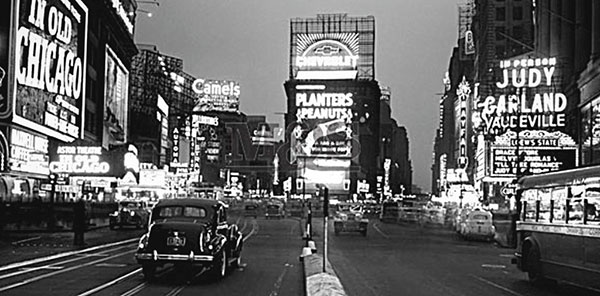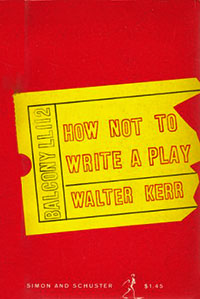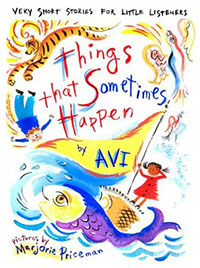Elise, from New York City asks, why do so many of your books have short chapters?
The simple, and important, answer is that’s what I like to read. And I’m a great believer in writing what you enjoy reading.
But there may be another part of the answer.
When I began to write seriously (or tried to) I was still in high school and my ambition was to become a playwright, that is, to write for the NYC Broadway theatre.

I read a lot of plays by classical authors like Shakespeare and Moliere. The versions I read replicated their short scenic structure. Brecht, a modern playwright I much admired, wrote his plays with short scenes.
 I also read about playwriting. Walter Kerr, an influential NYC theatre critic, wrote a book called How Not to Write a Play. I read it closely. If I remember correctly, (and I may be wrong here) he broke down the structure of plays into “beats.” These “beats” were brief scenes in which a number of characters interacted and moved the story forward. The plays themselves, were not broken down into such scenes, but Kerr suggested one could understand plots—and how they were written—by looking for them. This was also, in the day, how performance acting was taught.
I also read about playwriting. Walter Kerr, an influential NYC theatre critic, wrote a book called How Not to Write a Play. I read it closely. If I remember correctly, (and I may be wrong here) he broke down the structure of plays into “beats.” These “beats” were brief scenes in which a number of characters interacted and moved the story forward. The plays themselves, were not broken down into such scenes, but Kerr suggested one could understand plots—and how they were written—by looking for them. This was also, in the day, how performance acting was taught.
Another critic’s books I read were those by Eric Bently, who praised the kind of theatre I liked.
When I went off to Antioch College, I took the only writing course I would ever take, playwriting. It was taught by Paul Treichler, a theatrical director who was influential beyond that Ohio college.
In Treichler’s course we were taught—yet again—to break down our plays scene by scene, into “beats.” We were actually given forms to fill out, so that we organized the plays we wrote—or tried to write—scene by scene into, well, beats. Actual forms: “Name of characters. What do they want to do? What happens? How does it move the story forward?”
Something like that. I filled out lots of those forms.
Over time I became accustomed to writing with this structural form in mind. That is, I constructed play plots by paying attention to beats.
At some point, I gave up writing for the theatre, though I came close to my original dream, when someone actually wanted to produce one of my plays on Broadway. (It had many short scenes.) I hasten to say, nothing came of it. At the time, I was only 21 years old. I moved on (“the road not taken”) as only a 21-year-old can do.
 At some point—that’s another story—I took to writing for young people. But—my old writing habits did not change. I didn’t write short scenes, or beats, or fill out forms, I wrote short chapters. You can read it for yourself in my earliest published book for kids, Things That Sometimes Happen, first issued in 1970.
At some point—that’s another story—I took to writing for young people. But—my old writing habits did not change. I didn’t write short scenes, or beats, or fill out forms, I wrote short chapters. You can read it for yourself in my earliest published book for kids, Things That Sometimes Happen, first issued in 1970.
One editor of mine told me, “You have never stopped writing plays.”
Elise, as you have noticed, I still write this way.